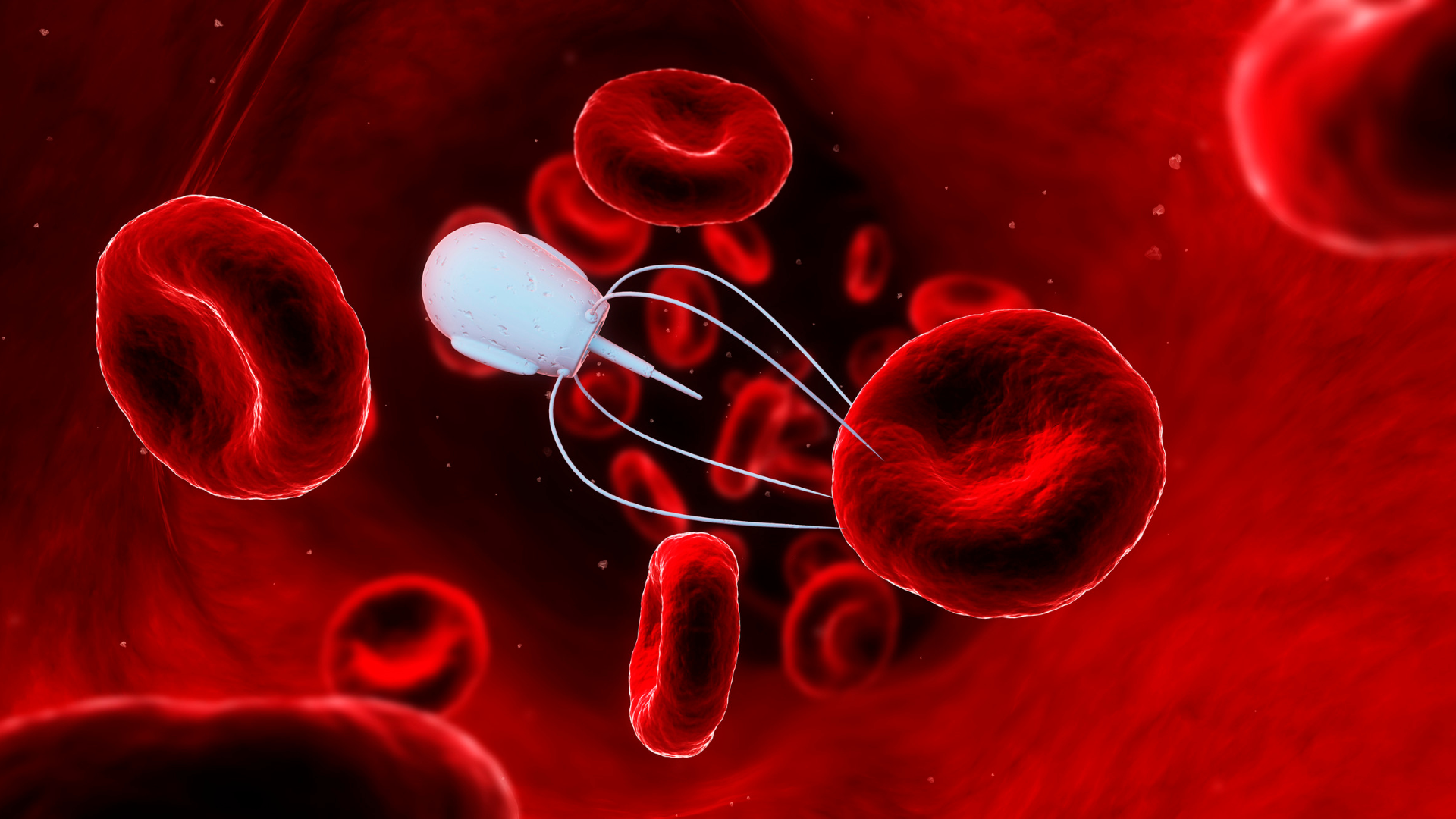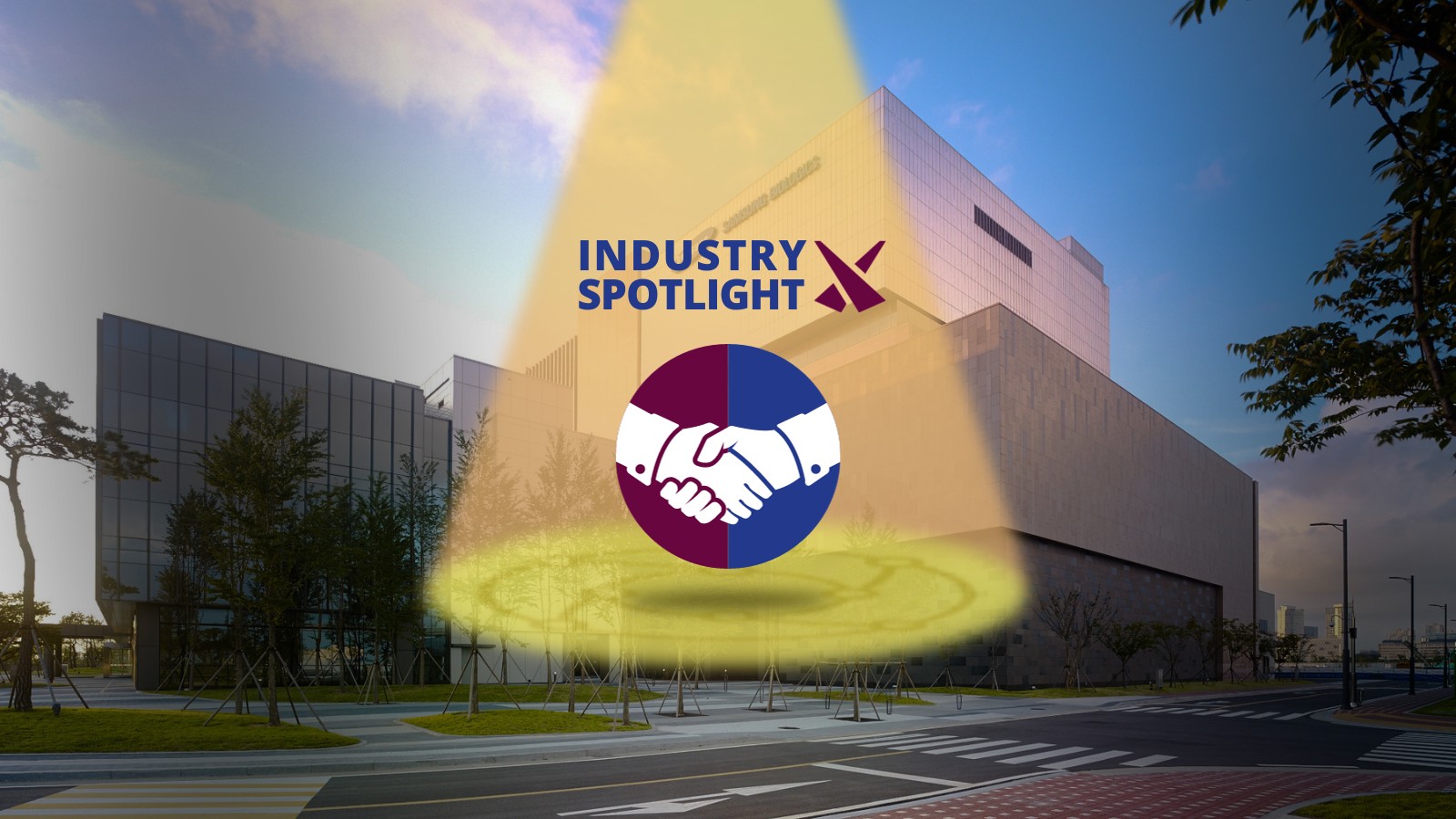Vanguard Strategies: Perspectives on Developing Novel Pharma Technologies

At Formulation & Delivery 2023, Oxford Global brought together an array of formulation scientists all with experience developing novel pharmaceutical technologies. Together, they discussed the development process, and the subsequent up-scaling of unique products at the panel discussion ‘Embarking Emerging Technologies in The Pharma Industry.’
The panel was moderated by Fanny Stauffer, a Drug Product Expert at UCB, who introduced the panellists: Dhara Raijada, a Senior Formulation Scientist at AstraZeneca; Jenifer Mains, Director of Formulation Science at Bicycle Therapeutics; and Maryam Parhizkar, Lecturer in Pharmaceutical Engineering at UCL.
What Novel Technologies are the Panel Excited About?
To kick off the discussion, Stauffer asked each of the panellists what novel technology they were personally interested in. Raijada was first to comment, she said that the manufacturing of personalised medicines using 2D or 3D printing, was a novel technology which was particularly on her radar. Mains said that she was passionate about cyclic peptides, a technology which she works on. This modality is similar to antibody-drug conjugates, but Mains believes it will offer improved selectivity, safety, and efficacy. In Parhizkar’s case, using continuous manufacturing methods and scaling them up are of particular interest. Methods such as microfluidics, electrospraying, and electrospinning were all technologies which she mentioned as eminent.
- Sony and Astellas Team Up to Create Breakthrough ADC Oncology Platform
- New Freeze-Drying Technologies: Pfizer’s Quest for Sustainable Cooling
- Using Organs-on-Chips to Catch Kidney Toxicity in Drug Discovery
Scaling Up a Novel Idea
New technologies that may have emerged and begun to develop in a university or small company always face the question of scale-up at some point, if they are to be successful. Stauffer asked the panellists how they, in their experience, approach this transition from an idea to something more concrete.
First up to answer this question was Parhizkar, who said: “This is a very big challenge, especially in academia, because we are at the very early stages of research.” The freshness of the academic’s position presents them with a lot of barriers when it comes to scale-up. One of these barriers is the incidence of intellectual property concerns: “who owns the IP is an issue from the start.” Parhizkar also added that securing funding for staffing, materials, and equipment can be a barrier for getting a project off the ground in academia.
Making sure that a technology is translatable from the lab to a commercial scale is an issue that Mains has encountered too. She said that the way to address this issue is to enlist people who understand manufacturing processes to the project. “I think that’s why industrial-academic collaborations work really nicely,” said Mains. “You have people who have very exciting novel technologies, but you also have people who are thinking about scale, excipients, and GMP at the very start.”
“The pharmaceutical industry has always taken conservative approaches,” added Raijada. “Because of course we are dealing with patients.” She explained that whenever a project to develop a new technology is taken on by the industry, new challenges are discovered along the way. For example, in the case of 3D printed tablet manufacturing, it is difficult to find printable excipients.
Therefore, one barrier in scaling new technologies is the fact that so much is unknown. The paradigm shift that comes with personalised dosing and on-demand manufacture is a leap in the dark where those involved do not have the benefit of experience to work with. Raijada advised cooperation and holistic approaches to tackle this challenge: “a joint effort between industry, academia, and regulators.”
Dealing with Cost Effectiveness
Another key consideration for the implementation of novel technologies is their financial implications. Raijada on cost effectiveness in manufacturing said that it will always make sense to mass produce “blockbuster drugs” where demand is very high. However, traditional mass production is probably not achievable for orphaned, personalised, or rare-disease drugs. Therefore, technologies like on-demand dosing, integrated packaging, and QR code tracking systems are useful in bringing patients therapies that would otherwise not be viable to produce.
“I think affordability is really important,” added Mains. “It’s all well and good developing complex novel technologies, but if people can’t afford it, then you’re not going to reach your market.” Here, socioeconomic factors need to be brought into consideration as well. The disparity in affordable healthcare across the globe makes expensive treatments in indications like oncology unattainable for some; especially those in the Global South. Mains explained that cost of manufacturing, raw materials, and clinical trials need to be kept low in order to keep the availability of new therapies as universal as possible.
Can New Technologies Make Drugs Cheaper?
Stauffer then posed the question of whether novel technologies could actually reduce the price of drugs, rather than make them more costly. Here, Stauffer gave the example of continuous production, and then asked the panel if they knew any other novel technologies that can improve cost-effectiveness.
“Novel manufacturing technologies can streamline processes and provide more effective, efficient manufacturing,” said Mains. In the case of continuous manufacturing, which is suitable for some dosage forms, the cost of production can be dramatically reduced.
However, in the aftermath of the pandemic and in an uncertain global economy, the cost of materials has also increased, which is another consideration for Mains. “Buying the basic syringes or excipients that you need; everything has gone up in price.” Addressing this challenge requires the delicate balance of reducing cost and maintaining acceptable regulatory standards.
Commenting also on continuous manufacturing, Parhizkar noted that methods that use less reagents and material, like microfluidics, are beginning to be adapted in the interest of bringing down costs. At the same time, these adaptations can also make these approaches smarter: “There’s less need for expert users of these technologies, you don’t have to have an engineering background to be able to run these microfluidics stations.”
AI/ML predictive models are another interesting area where improvements can help drive down costs. These algorithmic models are able to take in desired parameters and produce predictions of reagent mixing, saving manufacturing scientists time and money.
Importance of Simplicity for Translatability
With novel technologies, development requires expertise and complex thinking. However, Raijada pointed out that when it comes to the implementation stage, it is important to simplify the process. She gave the case of 2D or 3D printing technologies: “there is a lot of expertise and knowledge that goes into their development. But ultimately, once these technologies are set up and ready to be transferred to point of care, the technology has to be simpler.”
In order for these technologies to be practically and economically viable, they ultimately need to have the form-factor of a desktop printer. The 2D printing of therapies for example, use similar kinds of printer that are used for family photos. The difference is that the ink cartridges contain an API solution, and the paper it prints on is edible. Here, specialists at point of care can use a software that produces a therapeutic on the spot: simplicity of the end product is key here.
The panel discussion unveiled the potential of emerging pharmaceutical technologies, stressing collaborative efforts across academia, industry, and regulators for effective scale-up. Balancing cost-effectiveness with quality remains crucial, while streamlined processes, AI/ML predictive models, and simplicity in implementation offer a glimpse into an inclusive and affordable future for innovative therapies.
At Formulation & Delivery US, join leaders, experts and researchers at West Coast’s scientific Hub – San Diego, delivering breakthrough research, technologies & connecting global pharma, biotech and academia for high-level discussions on the latest innovations in formulation, drug delivery & inhaled science.







